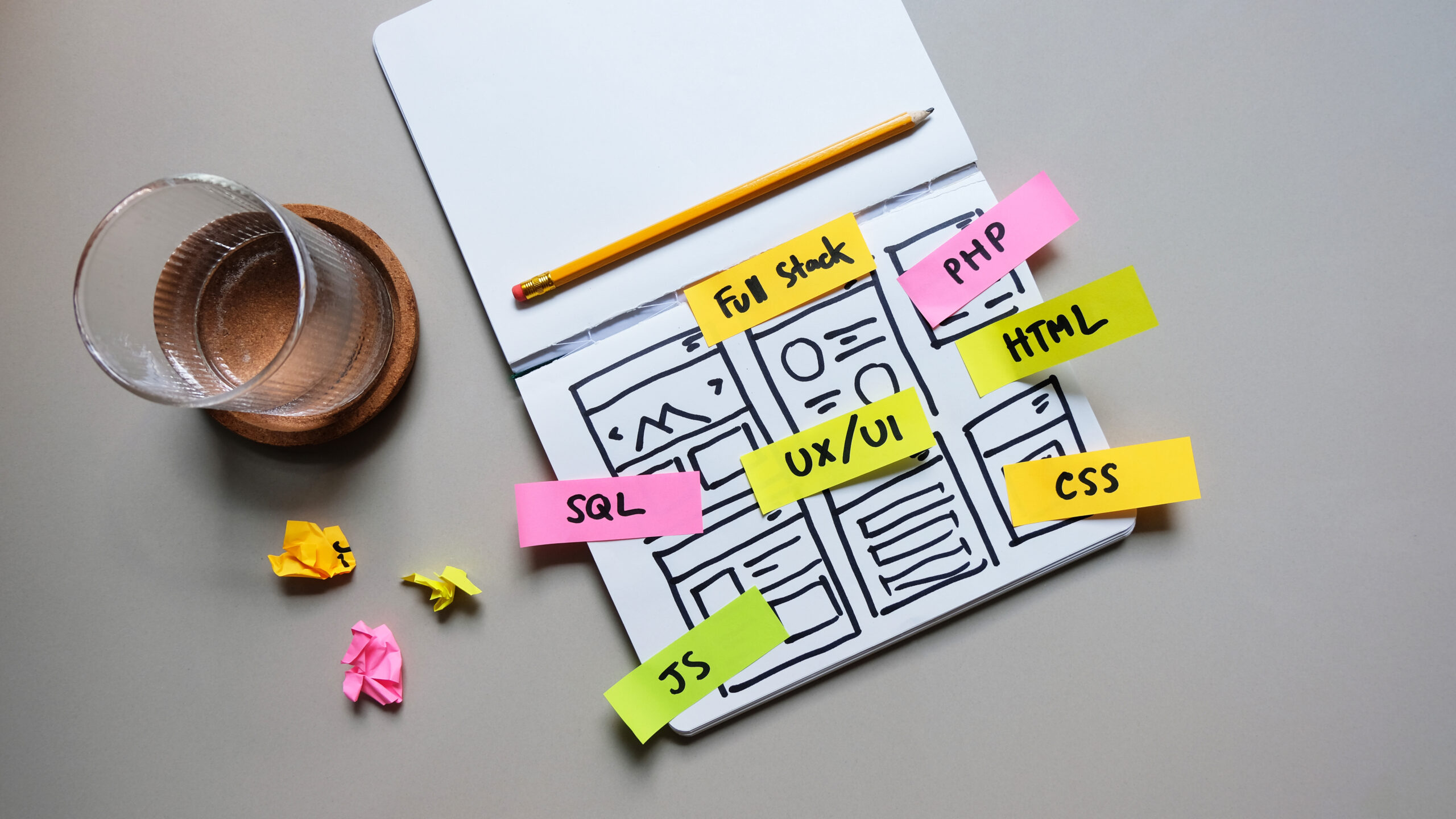*This article is an English translation of a Japanese article.
In web accessibility, clarifying link text is a crucial point to enhance user convenience and understanding. For users with visual impairments or those using screen readers, making the purpose of a link clear significantly improves the usability of a website. In this article, we will explain why clarifying link text is important, how to create good link text, and best practices for enhancing accessibility.
What is Clarifying Link Text?
Clarifying link text refers to making the destination or purpose of a link clear and specific. Link text serves as an indicator of what information can be obtained by clicking the link, helping users navigate the page effectively.
For example, ambiguous link text like “Click here” or “Read more” makes it difficult to understand the link’s destination. On the other hand, specific link text such as “View product details” or “Read the accessibility guidelines” allows users to easily access the information they need.
Why Clear Link Text is Necessary
-
Improving Accessibility: Users with visual impairments rely on screen readers to read aloud the information on a page. When link text is clear, the screen reader can convey the purpose of the link more accurately, helping users navigate smoothly.
-
Enhancing User Experience: Clear link text is easier for all users to understand and helps them grasp the page’s purpose more effectively. This allows users to quickly access the information they are looking for, improving the website’s usability.
-
Boosting SEO: Search engines also read link text to evaluate page content. Specific and relevant link text can improve how search engines assess your page, positively affecting SEO.
How to Create Good Link Text
To create clear and effective link text, keep the following points in mind:
-
Clearly describe the content of the link: Link text should represent the content of the target page or section. For example, instead of “Click here,” use something like “Read more about web accessibility” to make the link’s destination clear.
<!-- Poor Example --> <a href="accessibility.html">Click here</a> <!-- Better Example --> <a href="accessibility.html">Read more about web accessibility</a> -
Consider the context of the link: If the link stands out from the context, users might misunderstand its purpose. Ensure that the link text fits within the overall flow of the page.
<!-- Ignoring Context Example --> <p>To learn about new features, <a href="new-feature.html">click here</a>.</p> <!-- Considering Context Example --> <p>To learn about new features, visit the <a href="new-feature.html">new features page</a>.</p> -
Use consistent expressions: When linking to the same destination, use the same link text to avoid confusing users. Different link text leading to the same destination can be disorienting.
-
Don’t rely on visual effects alone: Make sure the meaning of the link is conveyed through the text itself, not just through visual effects like color or decoration. Relying solely on visual cues is insufficient for users with color blindness or limited vision.
Examples of Link Text to Avoid
Avoid using the following types of link text:
-
“Click here”: This does not tell users where the link leads, decreasing accessibility.
-
“Read more”: Users cannot predict what additional information the link will provide.
-
“Link”: It’s unclear what the link points to and does not help the user.
Best Practices for Link Text to Improve Accessibility
Follow these best practices to enhance accessibility through clear link text:
-
Use specific and easy-to-understand expressions: Use clear, descriptive language that conveys the link’s destination or purpose.
-
Keep link text at an appropriate length: Ensure that the link text is neither too short nor too long, briefly explaining the purpose of the link.
-
Create context-aware links: Make sure the link text fits into the surrounding content, reflecting its purpose within the overall context.
-
Maintain consistency: Use the same link text for the same destinations to make it easier for users to recognize the purpose of the links.
Conclusion
Clarifying link text is a basic yet essential method for improving web accessibility, making it easier for all users to navigate a website. By making the destination of a link clear, you can enhance the usability of the site for everyone, including users with visual impairments and those using screen readers. With thoughtful link text, you can create a more accessible website for all.
We have released the UUU Web Accessibility Widget Tool, designed to make web accessibility easy to implement. This tool helps improve the accessibility of websites quickly and efficiently, even without specialized knowledge.
If you’re interested in enhancing your website’s accessibility, please check out the details. We are here to support you in making your website more user-friendly and accessible to a wider audience.
